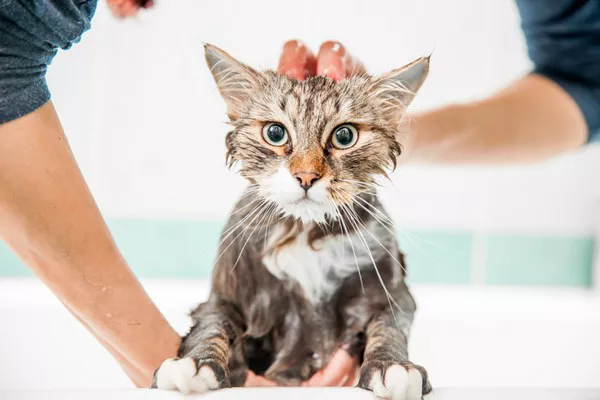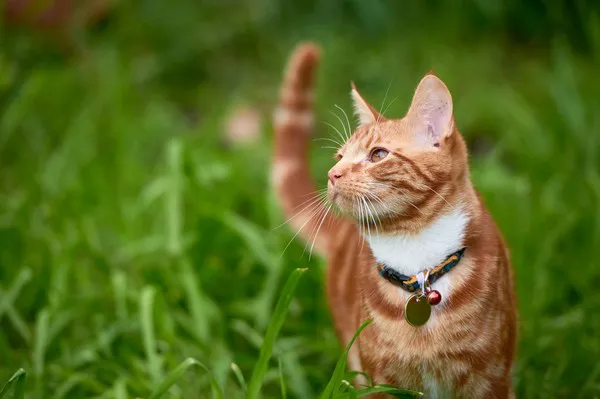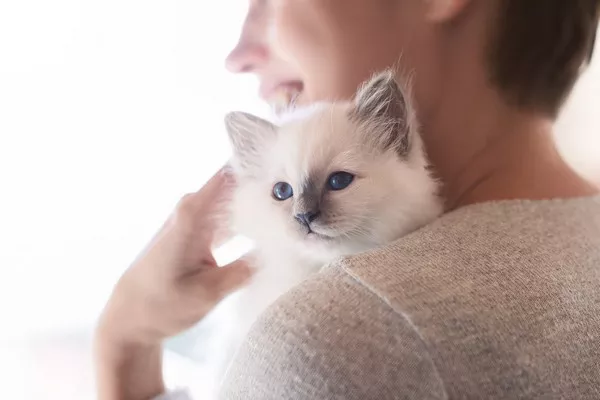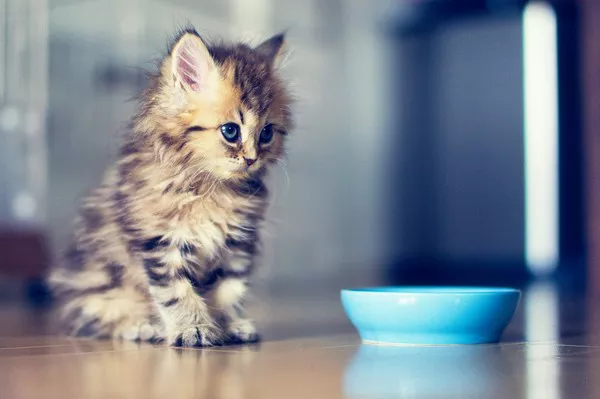Calico cats, with their distinctive tricolor coats, have long captivated the hearts of cat enthusiasts worldwide. Beyond their unique aesthetic appeal, many owners have observed a common trait among Calico cats – an undeniable neediness. In this article, we delve into the fascinating world of Calico cats, exploring the reasons behind their clingy behavior and shedding light on the factors that contribute to their unique personalities.
Understanding the Calico Cat Personality
Calico cats, known for their striking combination of white, black, and orange fur patches, often exhibit a distinct personality that sets them apart from other feline companions. Their neediness is a product of a complex interplay of genetics, environment, and individual temperament. While each Calico cat is unique, there are common threads that bind them together, contributing to their affectionate and sometimes demanding nature.
Genetic Influences on Calico Cat Behavior
Genetics plays a pivotal role in shaping the temperament of Calico cats. The genes responsible for coat color are closely linked to those that influence behavior. The combination of genes that gives rise to the distinctive tricolor coat might also contribute to the cat’s predisposition towards seeking attention and companionship. Understanding the genetic underpinnings of their behavior is crucial in deciphering why Calico cats tend to be particularly needy.
The Impact of Gender on Neediness in Calico Cats
Interestingly, the majority of Calico cats are female, as the tricolor coat pattern is linked to the presence of two X chromosomes. Female cats, in general, are often noted for being more affectionate and nurturing. The combination of these female tendencies with the unique genetic makeup of Calico cats may explain the heightened neediness observed in many individuals of this feline variety.
Environmental Factors and Calico Cat Behavior
Beyond genetics, the environment in which Calico cats are raised plays a significant role in shaping their personalities. Calico cats exposed to positive and nurturing environments during their formative weeks are more likely to develop into affectionate and sociable adults. Conversely, a lack of socialization or negative experiences during early life may contribute to anxious or clingy behavior in Calico cats.
Calico Cats and Their Love for Attention
One unmistakable trait of Calico cats is their insatiable desire for attention. These feline companions thrive on human interaction and often seek to be the center of their owner’s world. Whether through gentle purring, soft meows, or persistent nudges, Calico cats have mastered the art of capturing the attention and affection of those around them.
The Role of Individual Temperament in Calico Cats
While generalizations about Calico cats abound, it is essential to recognize the role of individual temperament in understanding their neediness. Just like humans, each cat is a unique individual with distinct preferences and quirks. Some Calico cats may be more independent, while others may crave constant companionship. It is crucial for owners to pay attention to the specific needs and cues of their Calico companions.
Health Considerations and Neediness in Calico Cats
In some instances, a Calico cat’s neediness may be linked to underlying health issues. Cats, in general, may exhibit changes in behavior when they are unwell or in pain. Regular veterinary check-ups are essential for ensuring the overall well-being of Calico cats and addressing any health concerns that may contribute to their clingy behavior.
Calico Cats as Social Creatures
Calico cats, by nature, are social creatures. Their neediness may stem from a deep-rooted desire for social interaction and companionship. Owners of Calico cats often find that their feline friends become anxious or distressed when left alone for extended periods. Providing ample opportunities for interaction, play, and cuddling can help fulfill their social needs and mitigate clingy behavior.
Training and Enrichment for Calico Cats
While Calico cats may have a natural predisposition towards neediness, proper training and enrichment can play a crucial role in shaping their behavior. Interactive toys, climbing structures, and mental stimulation activities can help channel their energy in positive ways. Consistent and positive reinforcement training can also contribute to a well-adjusted and less needy Calico cat.
Conclusion
In conclusion, the neediness observed in Calico cats is a multifaceted aspect of their complex personalities. Genetics, gender, environmental factors, and individual temperament all contribute to the unique behavior exhibited by these tricolor feline companions. By understanding the factors that influence their neediness, owners can create environments that cater to the specific needs of Calico cats, fostering strong and fulfilling bonds between humans and their charismatic, affectionate companions.
Related Topics:
Why Are Some Calico Cat Cross-Eyed?
Why Do Calico Cat Eyes Go Red?
Understanding When Your Calico Cat Will Get Extra Fluffy


























